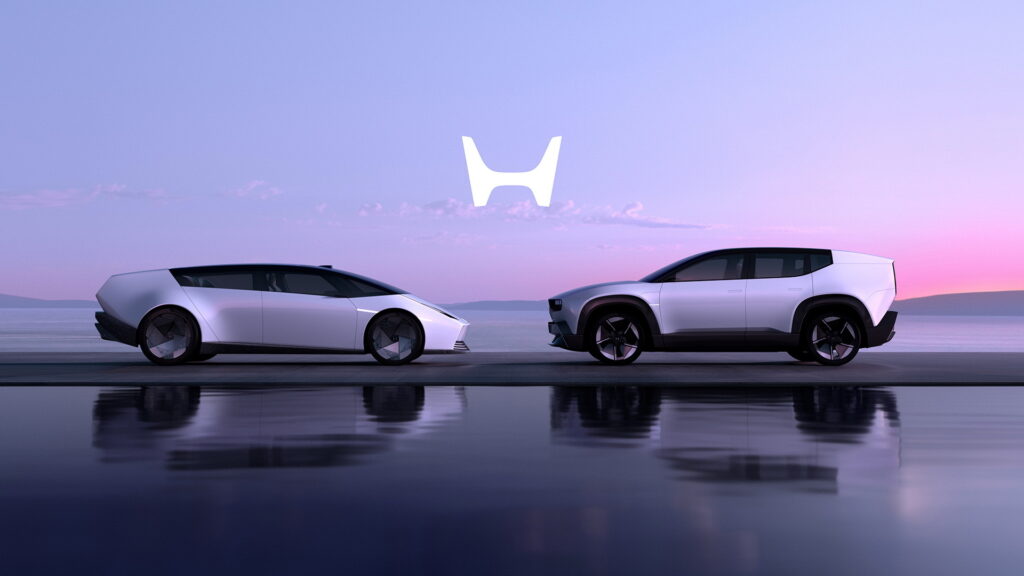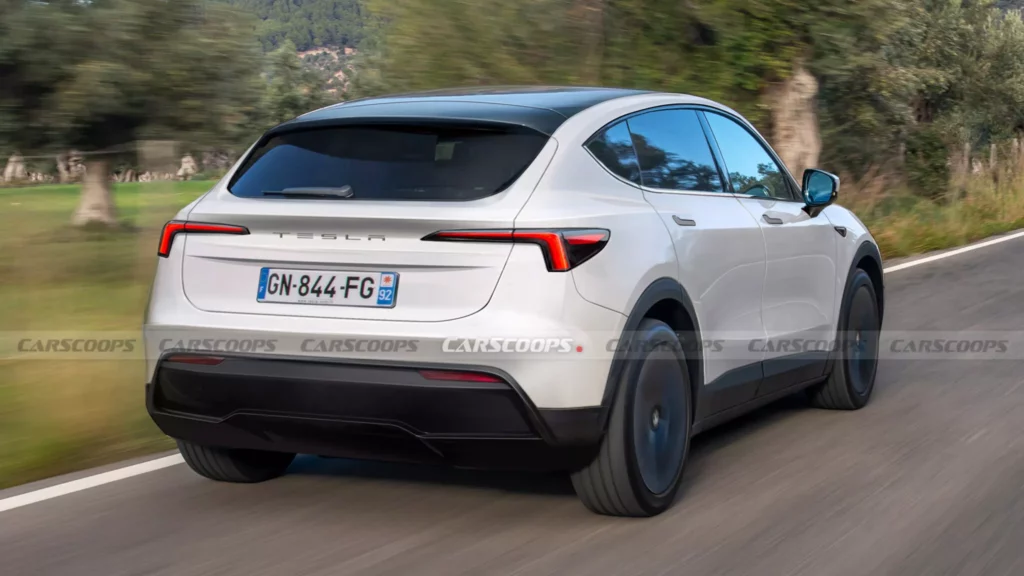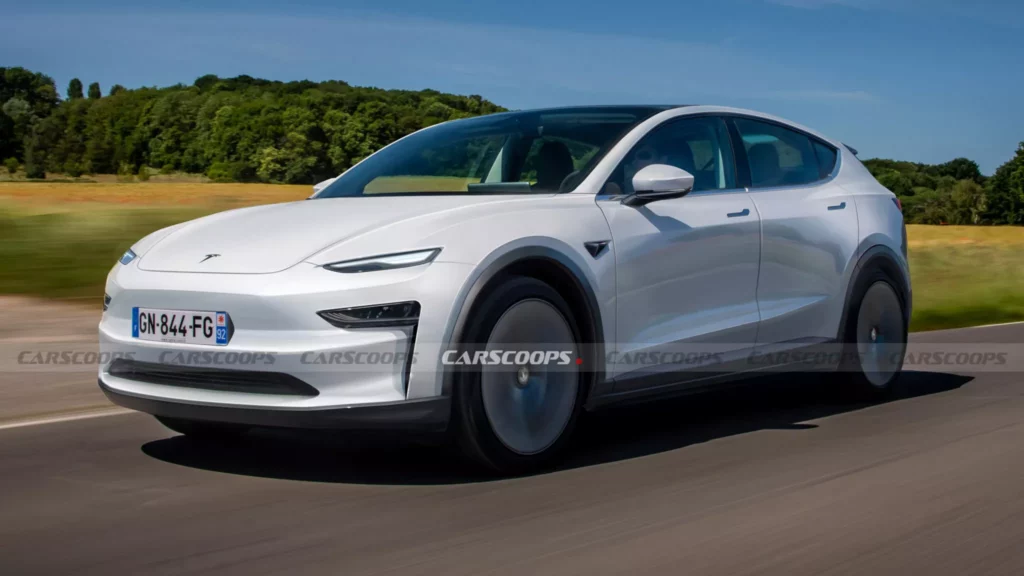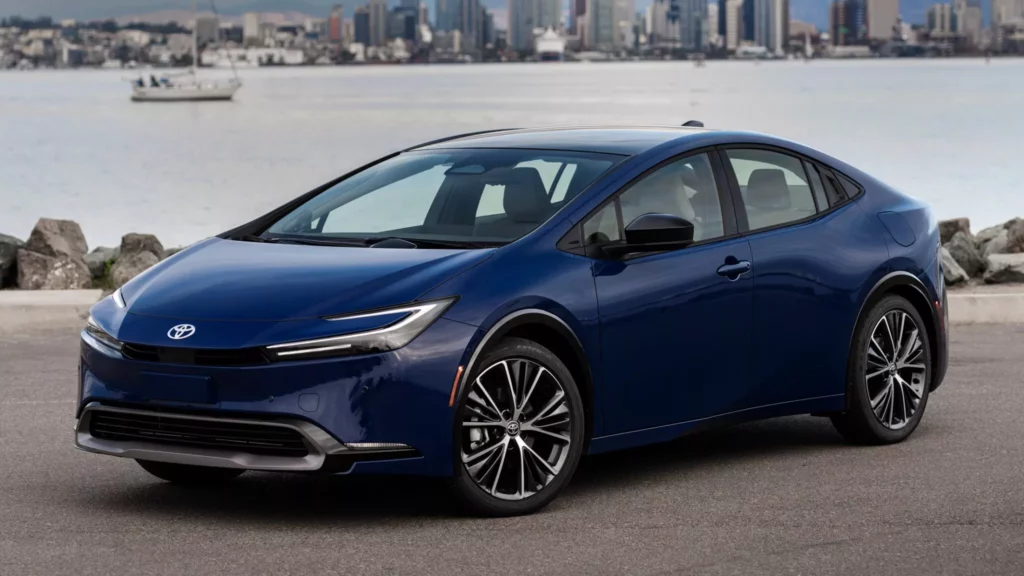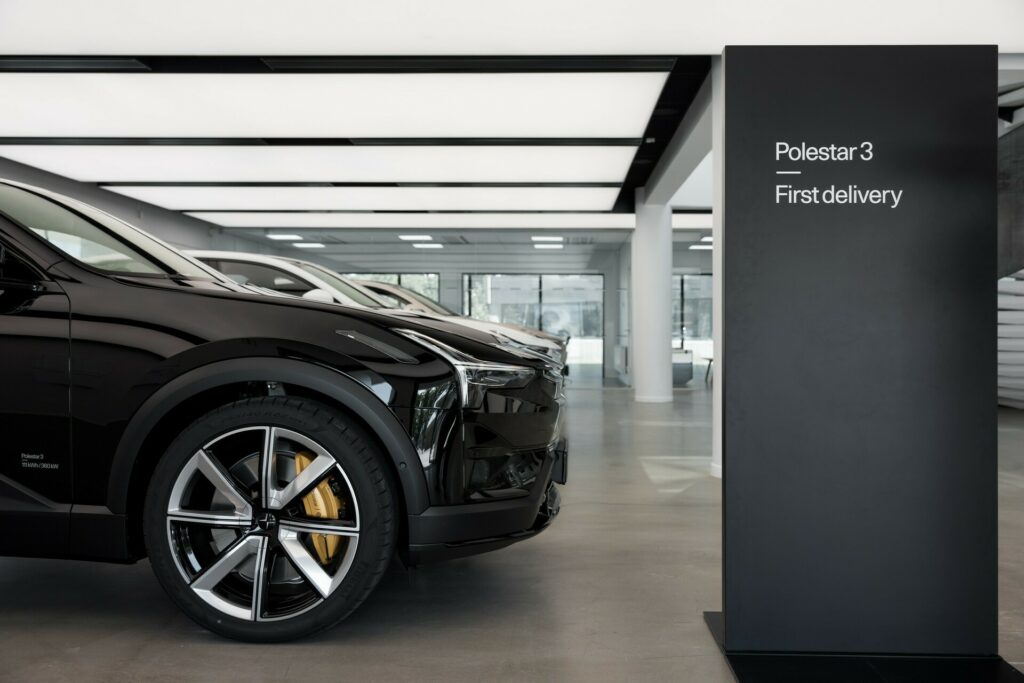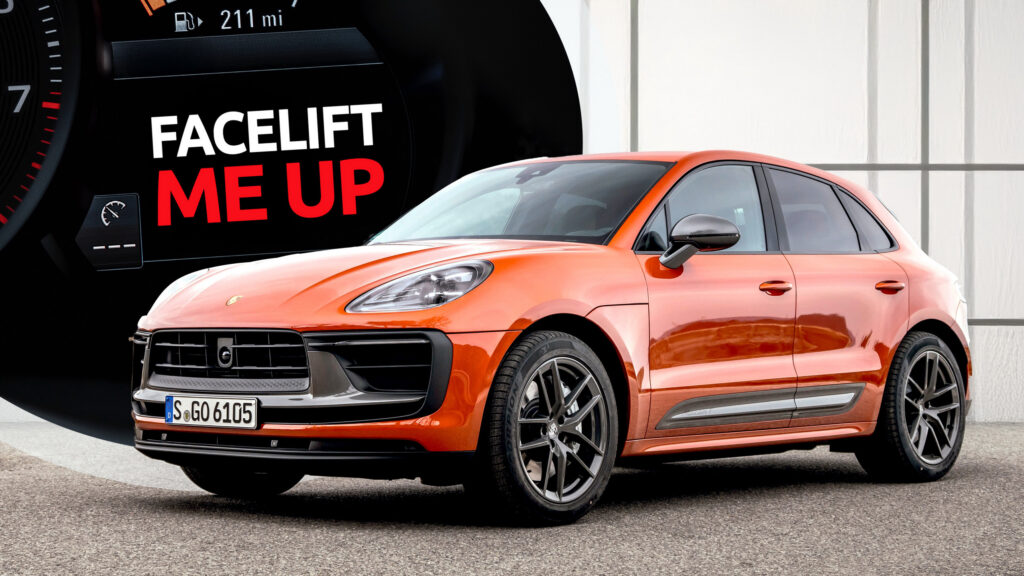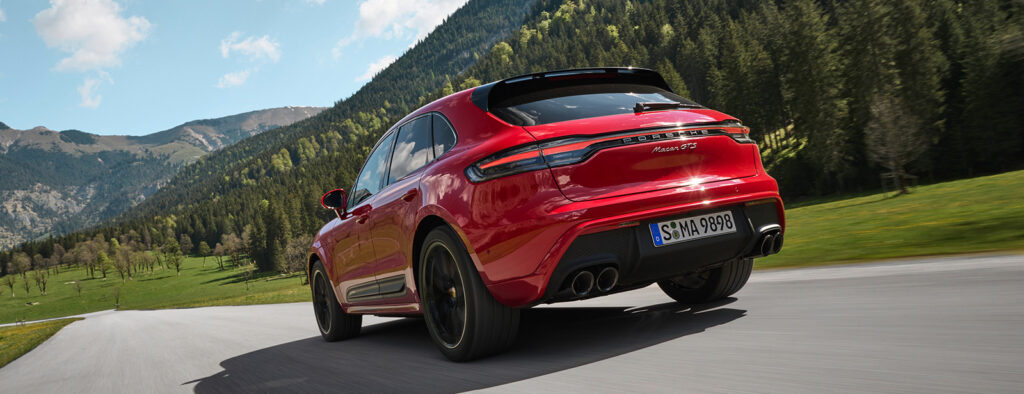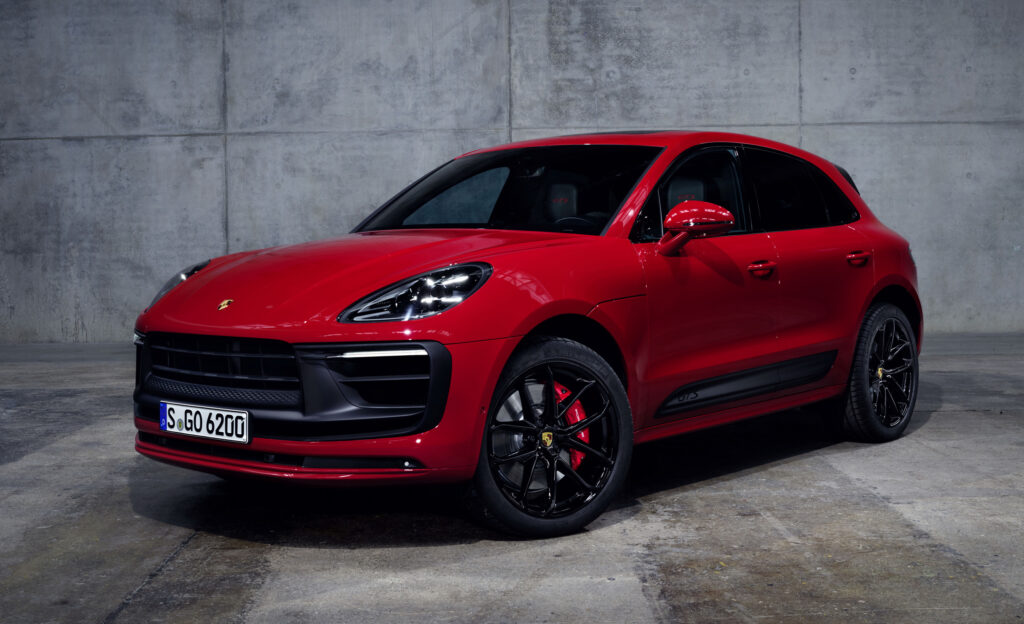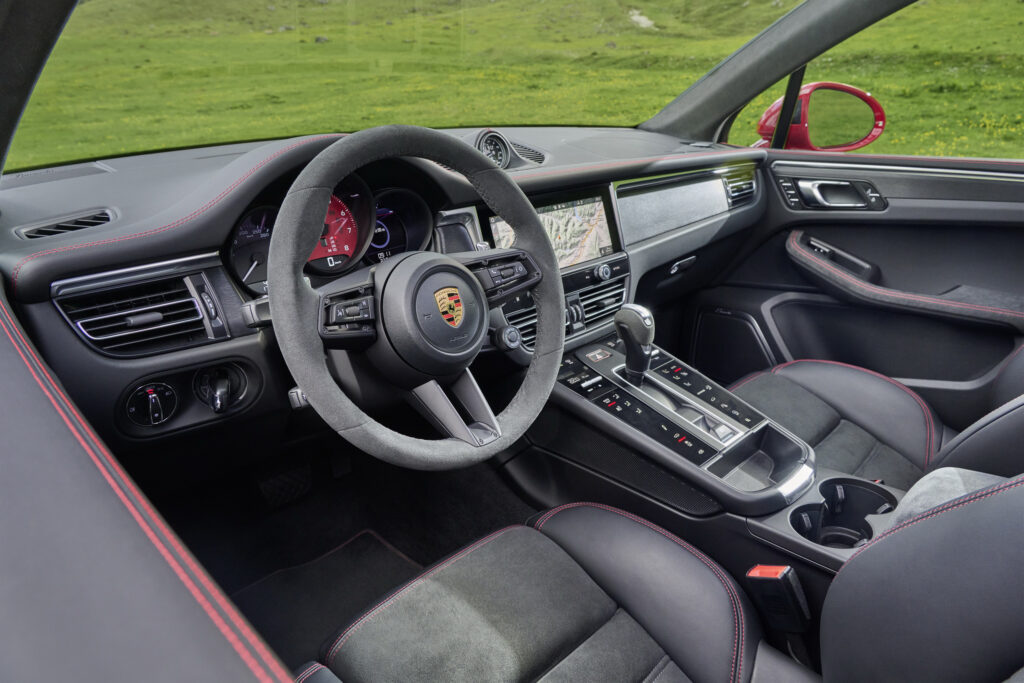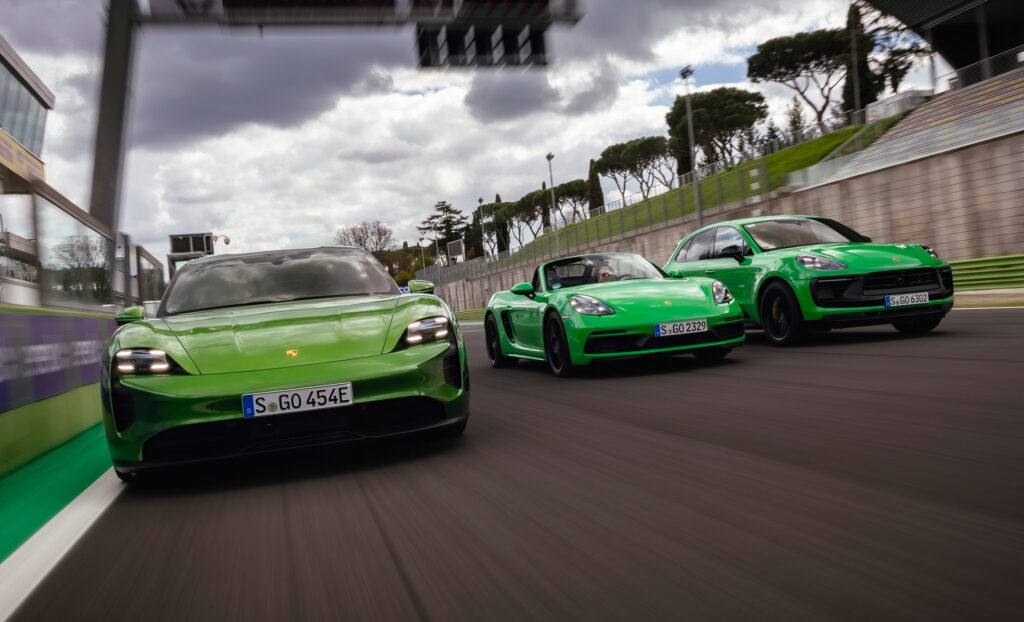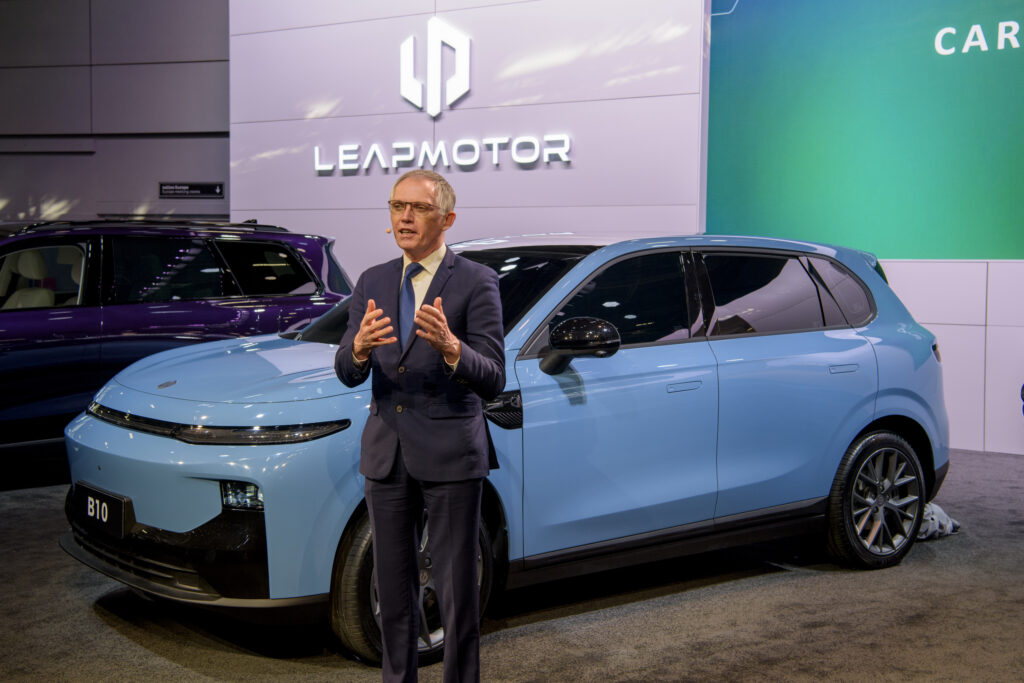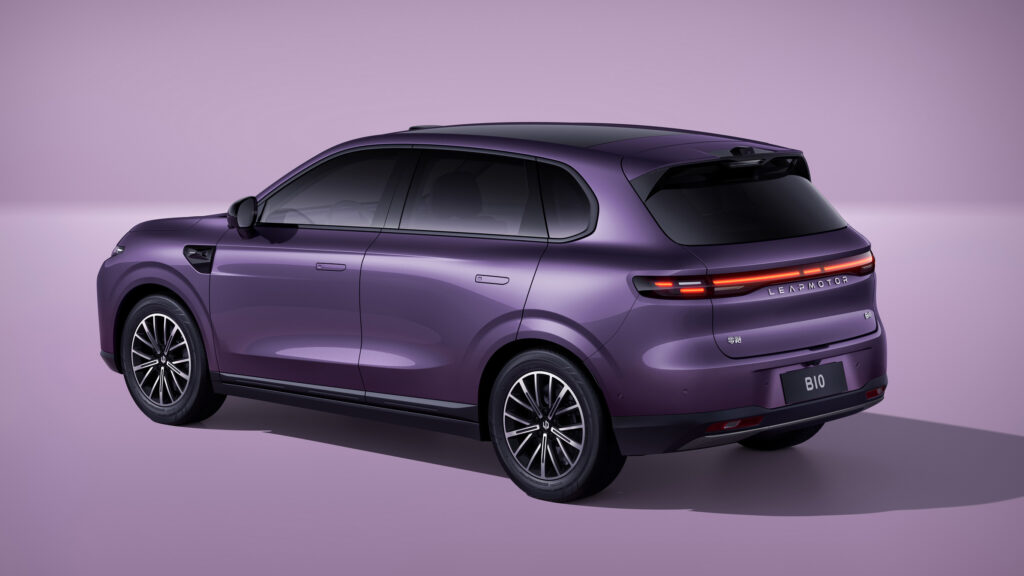Honda’s 0 Saloon EV Looks Like A Lambo Gallardo Sedan From The Future
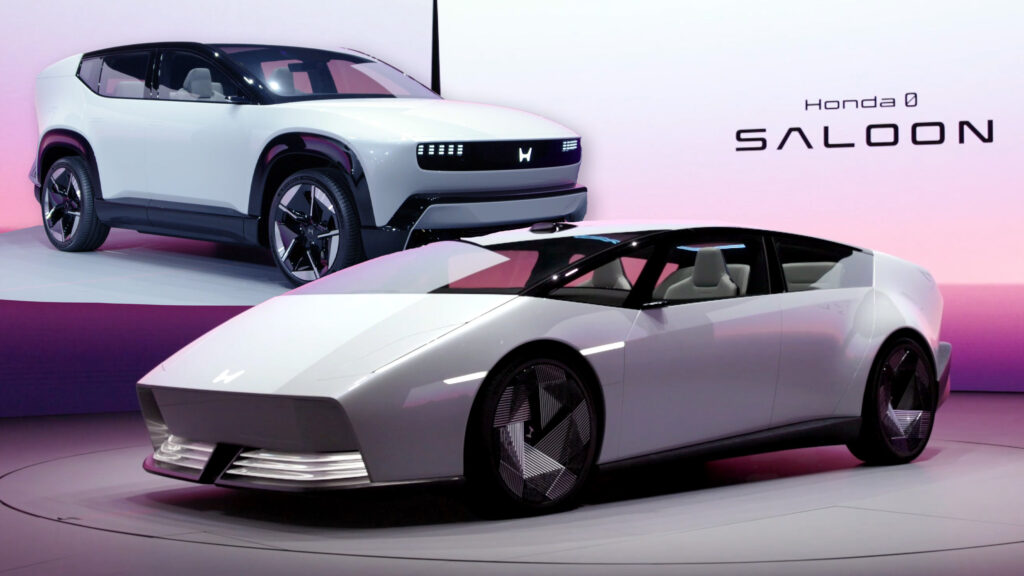
- Honda unveiled the more production-ready versions of its 0 Saloon and SUV at CES 2025.
- Both models will be manufactured in Ohio, with North American sales starting next year
- The two new EVs target over 300 miles of range, likely offering rear- and all-wheel-drive options.
A year after Honda debuted its futuristic 0 Saloon and Space Hub Minivan concepts at CES, the automaker is returning to the 2025 show in Las Vegas with something a little more tangible. This time, it’s bringing a more production-ready prototype of its electric sedan alongside the first public unveiling of the 0 SUV. Unlike the endless parade of far-fetched concepts that never see the light of day, these two vehicles are on track to become actual production models.
More: Honda Lays Out Its Ambitious 0 Series EV Plans
Both the sedan and SUV will be built at Honda’s dedicated EV Hub in Ohio. The SUV is set to launch in North America in early 2026, with the sedan following later that year. While Honda has confirmed plans to expand availability to international markets, including Japan and Europe, details about these rollouts remain under wraps for now.
A Crossover with Personality: The 0 SUV
The mid-size 0 SUV builds on the foundation of last year’s Space Hub Minivan concept but opts for a crossover silhouette that feels more grounded in reality. A sharply raked windshield, pixelated headlights (a design flourish that brings to mind Hyundai’s Ioniq series or even the Fiat Grande Panda), and an illuminated Honda emblem give it a quirky, modern aesthetic.
That said, the upright rear design might be polarizing—“awkward” isn’t a stretch, and it may not appeal to everyone. A black two-tone roof and chunky D-pillars add some flair, while a U-shaped taillight and slim rear window ensure the back end stands out. Even if it might not be universally loved, it does have character.
Inside, the two-row, five-seater SUV keeps pace with its tech-forward exterior. The cabin features a screen-dominated cockpit, including a dedicated passenger display and side-camera monitors that replace traditional mirrors.
The Lambo-faced 0 Saloon
The 0 Saloon stays true to its low-slung, wedge-shaped concept roots but incorporates several production-ready adjustments, some exciting, others a little disappointing.
Gone are the flamboyant gull-wing doors (we’re as sad as you are), replaced by more practical, conventional ones. But there’s a consolation prize: the redesigned front end channels unmistakable Lamborghini Gallardo vibes. Sliding headlamp covers add a retro-futuristic flourish reminiscent of the production Ferrari SP3 and the Mazda Iconic SP concept, offering a playful nod to the golden era of pop-up headlights. Honda has also swapped last year’s front screen for a blank panel with illuminated blades at the bottom, a feature that feels more “concept car chic” than production-friendly.
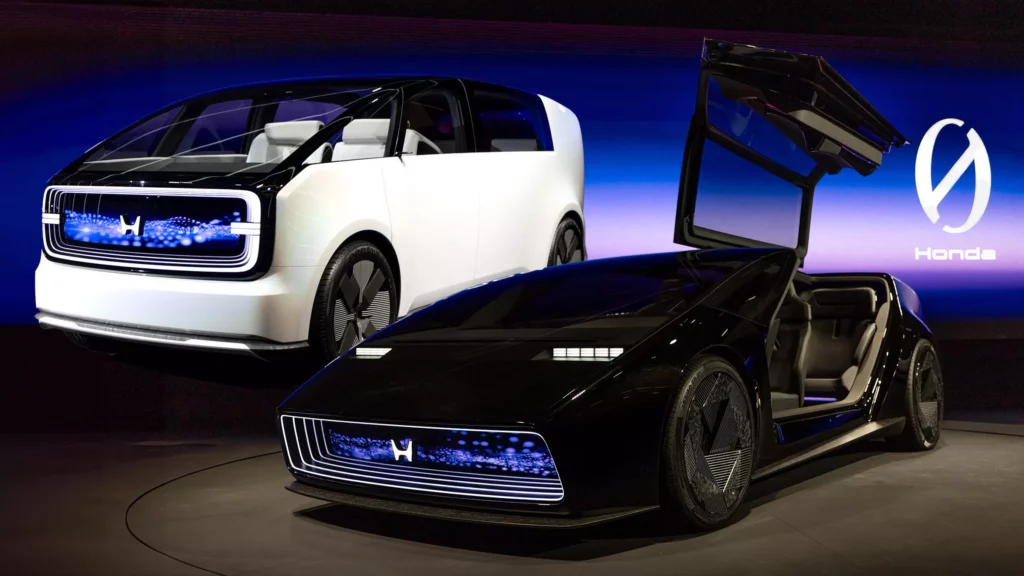
The Saloon’s side profile leans into its dramatic aesthetic, with sharply rising windows that terminate in chunky D-pillars, echoing its SUV sibling. Once again, traditional side mirrors are swapped for cameras, though their fate for production remains uncertain. At the rear, Honda has preserved the concept’s futuristic design with an ovoid lighting signature and—surprise—no rear windshield.
More: Honda And Sony’s Afeela 1 EV Starts At $89,900, First Deliveries In 2026
Moving to the interior, the five-seater 0 Saloon shares much of its design flair with the SUV. While toned down compared to last year’s concept, it still offers a futuristic vibe. Screens stretch across the dashboard, and a Tesla-like yoke steering wheel adds a futuristic flair complete with a party trick: it rotates out of the way to make entering and exiting the low-slung seat easier. Ambient LED strips, white upholstery, and a minimalist design (yes, with actual stalks) create a clean, tech-heavy aesthetic similar to—you guessed it—Tesla.
Advanced Tech and Smart Features
Both 0 Series models feature Honda’s new steer-by-wire system, which integrates the steering, suspension, and brakes. They also debut a new platform shared with Sony’s EV designed to cut weight by shrinking the battery pack while improving range through smarter battery management software. Although Honda didn’t offer any new details on the powertrain this time around, it previously announced a target range of over 300 miles (438 km), with both rear- and all-wheel-drive configurations in the works.
Meanwhile, the vehicles’ brains will run on Honda’s ASIMO OS, named after the automaker’s famous humanoid robot. This operating system ties together driver assistance, infotainment, and over-the-air updates, learning and adapting to individual driver preferences over time.
On the autonomy front, the 0 Series will debut Level 3 self-driving capabilities, including “eyes-off” functionality for highway traffic jams where regulations allow. Honda is collaborating with Helm.ai to refine the system and make sure it can handle real-world challenges, but its rollout will largely depend on legal frameworks in each region.
To back these software-driven features, Honda has partnered with Renesas to develop cutting-edge processors. These chips will consolidate multiple systems into a single core unit, improving performance and energy efficiency while managing everything from driver assistance to climate control.
Charging and Infrastructure
Honda is also thinking beyond the garage with its EV strategy. As part of a joint venture with eight automakers under the IONNA banner, the company plans to roll out 30,000 new charging stations by 2030. Both 0 Series models will feature the North American Charging Standard (NACS) port, giving owners access to over 100,000 chargers across the U.S.
Additionally, Honda’s EVs will come equipped with smart charging capabilities. Not only can they recharge during off-peak hours to save money, but they’ll also be capable of feeding surplus energy back to the grid during peak demand, helping stabilize the network and possibly putting some money back in your wallet.
